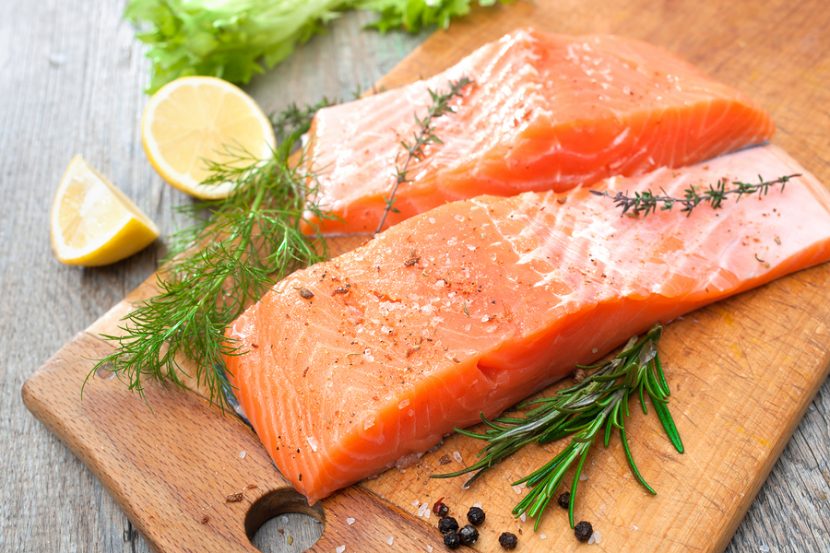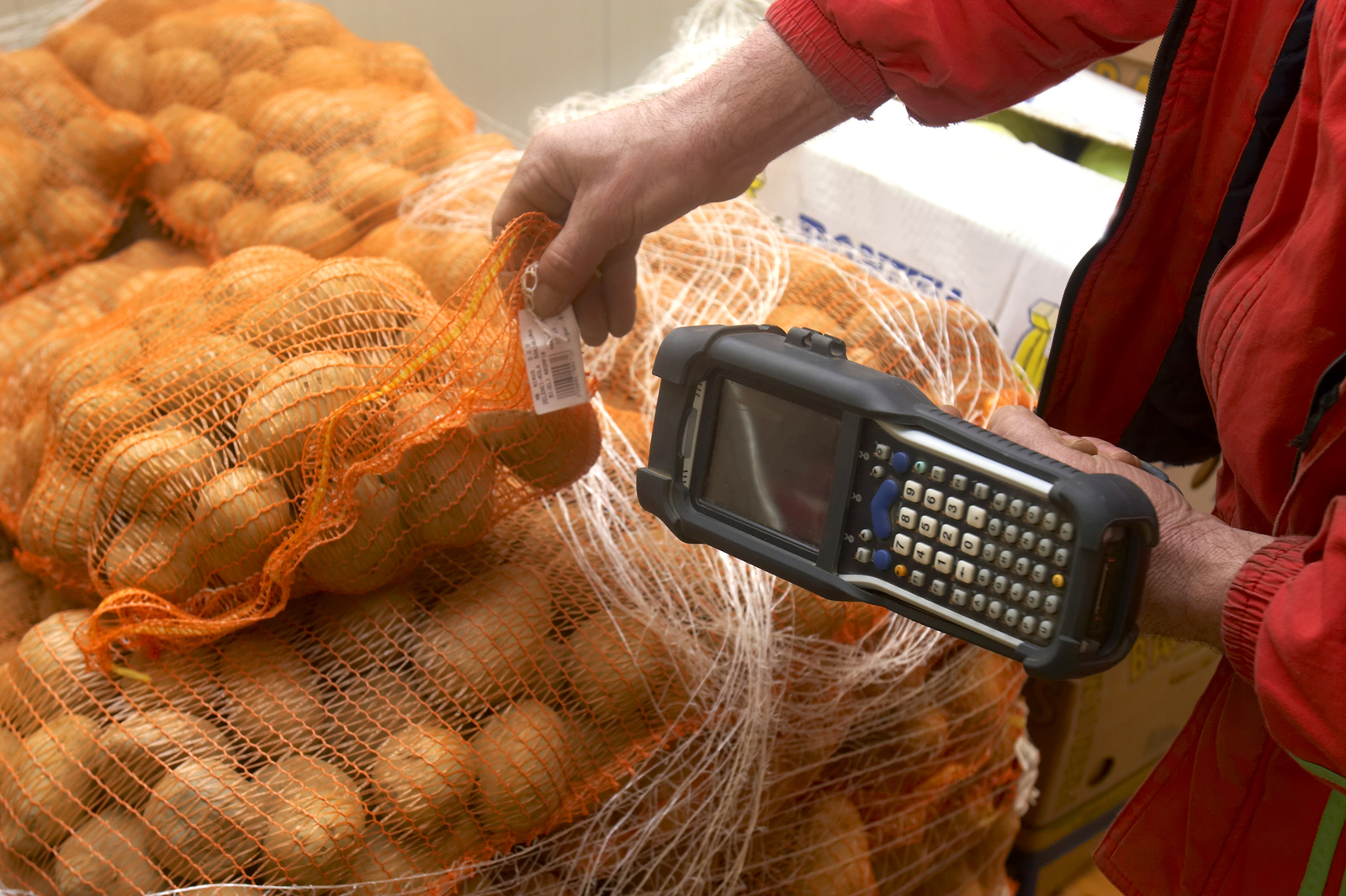Genetically Modified Salmon Likely a Tough Sell in Some Markets
Dr. Sylvain Charlebois
Apparently AquaBounty has become aquaculture’s Monsanto. After the company’s genetically engineered Atlantic salmon made history by achieving FDA approval for human consumption, some major supermarkets, such as Whole Foods, Trader Joe’s, Aldi, Target and Kroger, have begun boycotting the product. Critics of the FDA approval have labelled the Genetically Modified (GM) salmon “Frankenfish.” As biotechnologies are making their way to the seafood counter and our dinner plates, an increasing number of consumer and environmental groups are expressing concerns about the product and its potential impact on the environment. Terms of the approval allow the fish to be produced in Panama and the Canadian province of Prince Edward Island (PEI), and proper safeguards are required to prevent the salmon from escaping into the wild. However, the fish can only be sold in the United States.
The Debate on Biotechnology
There is little doubt that the GMO debate will heat up even more as the AquAdvantage salmon, developed by AquaBounty Technologies, begins appearing on the market sometime in 2018. Already, five states in the U.S. have had plebiscites on GMO labelling in recent years. Genetic engineering has added an extra layer of polemics.Even though the “yes” side lost on all accounts, the vote was close on two occasions. In Canada the debate on biotechnology is not as obviously public, but some very well-organized interest groups have been, to some extent, effective in trying to sway public opinion against the technology.
Aquaculture is controversial enough, with its ecological effects and animal welfare concerns, however genetic engineering has added an extra layer of polemics. But no matter what we think of the technology itself, there is an interesting Canadian-based story behind AquaBounty. In 1989 at Memorial University in Newfoundland, Dr. Garth Fletcher and his staff discovered that genetic manipulation could significantly increase the growth rate of salmon. Based on this unique discovery, the Massachusetts-based company since 1991 has moved forward with the sole focus of having its GM salmon approved. If, however, you think this history-making biotech company is a massive enterprise similar to Monsanto, think again. The company currently has less than 20 employees, far short from the 20,000 work force found on Monsanto’s payroll. During their research, AquaBounty has lost over $6 million US a year and has accumulated a deficit of over $87 million US.
Clearly, some investors firmly believe in what AquaBounty is doing. Investors who have stuck with AquaBounty for the better part of 25 years are likely very pleased with the FDA’s investigation outcome.
The Business Case
The reason why the technology has made so many believers is very simple. From a farming perspective, the business case for AquaBounty’s GMO salmon is very compelling. These genetically engineered fish have the capability to grow twice as fast as wild salmon. They also require 25% less food to produce one regular sized fish. The protein-to-protein conversion rate is very high with salmon. In fact, up to 4 kilos of wild-caught fish are needed to produce one kilo of salmon. This could potentially help food distribution make the product more appealing to the masses. Because of its undisputed nutritional virtues, this is good news for anyone seeking a better diet. For consumers looking for alternatives to higher-priced beef, such an option could become affordable. It is not a guarantee, but production protocols for AquAdvantage salmon can increase chances to see lower price points at retail.
The FDA claims that compared with farm-raised salmon, there are no biologically relevant differences in the nutritional profile of AquAdvantage salmon. But in a world in which risk perceptions reign supreme, effective risk communications are needed. One can suspect that Monsanto is pleased to finally have some company in the family of extremely detested corporations. But unlike Monsanto, the one mistake AquaBounty can avoid is to engage with consumers as soon as possible and not wait until consumers revolt. Nevertheless, consumers would have every right do to so. Selling the technology to regulators was the easy part. Now, AquaBounty has bigger fish to fry.
About the Author
Dr. Sylvain Charlebois is a Professor at the University of Guelph’s Food Institute and has authored nearly 200 publications in peer-reviewed journals, leading news publications, professional publications and conference proceedings in Food Science and Management. He has an expertise in global food safety, traceability systems and risk intelligence and he is a member of both the Global Food Traceability Centre Advisory Board and the National Canadian Food Inspection Agency.
To have more articles like this emailed to your inbox, become a GFSR Member today!

-
 FeaturedRisk management
The Cost of a Breach: What a Cyberattack Could Mean for Food Safety Recalls
FeaturedRisk management
The Cost of a Breach: What a Cyberattack Could Mean for Food Safety Recalls
-
 FeaturedRisk management
Securing the Food Chain: How ISO/IEC 27001 Strengthens Cybersecurity
FeaturedRisk management
Securing the Food Chain: How ISO/IEC 27001 Strengthens Cybersecurity
-
 FeaturedRisk management
Revolutionizing Food Safety Training: Breaking Out of the “Check-the-Box” Mentality
FeaturedRisk management
Revolutionizing Food Safety Training: Breaking Out of the “Check-the-Box” Mentality
-
 GFSI Standards
GFSI 2025: Building Trust, Tech-Forward Solutions, and Global Unity in Food Safety
GFSI Standards
GFSI 2025: Building Trust, Tech-Forward Solutions, and Global Unity in Food Safety
-
 FeaturedFood Safety
Integrated Pest Management: Strategies to Protect Your Brand’s Reputation
FeaturedFood Safety
Integrated Pest Management: Strategies to Protect Your Brand’s Reputation
-
 FeaturedFood Safety Culture & Training
No Open Door Policy: Challenges That Impact Pest Control in Food Processing Plants
FeaturedFood Safety Culture & Training
No Open Door Policy: Challenges That Impact Pest Control in Food Processing Plants



